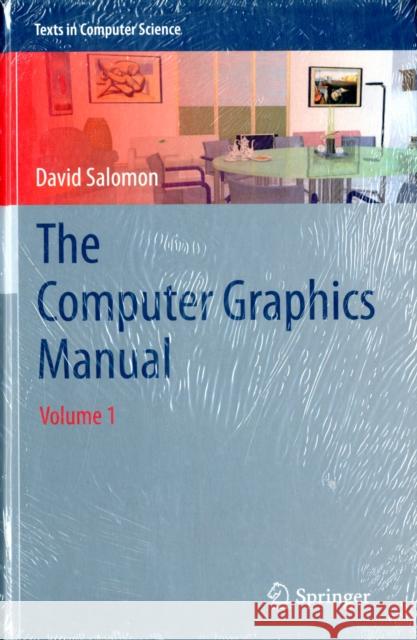The Computer Graphics Manual » książka
The Computer Graphics Manual
ISBN-13: 9780857298850 / Angielski / Twarda / 2011 / 1526 str.
The power of computer-generated images is everywhere. Computer graphics has pervaded our lives to such an extent that sometimes we don't even realize that an image we are watching is artificial.Comprehensive, accessible and engaging, The Computer Graphics Manual presents a broad overview of computer graphics, its history and its pioneers, and the hardware tools it employs. Covering a substantial number of concepts and algorithms, this invaluable text/reference describes the techniques, approaches, and algorithms at the core of this field. Emphasis is placed on practical design and implementation, highlighting how graphics software works, and explaining how current computer graphics can generate and display realistic-looking curves, surfaces, and objects. The use of mathematics is mostly non-rigorous, with the necessary mathematical background introduced in the Appendixes.Topics and features: includes numerous figures, examples and exercises (with solutions) throughout the text; covers the history, basic concepts, and techniques used in computer graphics; discusses the key two- and three-dimensional transformations, in addition to the main types of projections; presents an extensive selection of methods, algorithms, and techniques employed to construct curves and surfaces; examines advanced techniques in computer graphics, with chapters on the nature and properties of light and color, graphics standards and graphics file formats, and fractals; explores the principles of image compression, focusing on orthogonal and subband (wavelet) transforms; describes the important input/output graphics devices, and explains their operations.This practical and expansive reference is an essential resource for professionals in computer science, engineering, and other disciplines involved in the generation and processing of digital images. The manual is also ideal for use as a textbook for graduate and advanced undergraduate courses on computer graphics.











